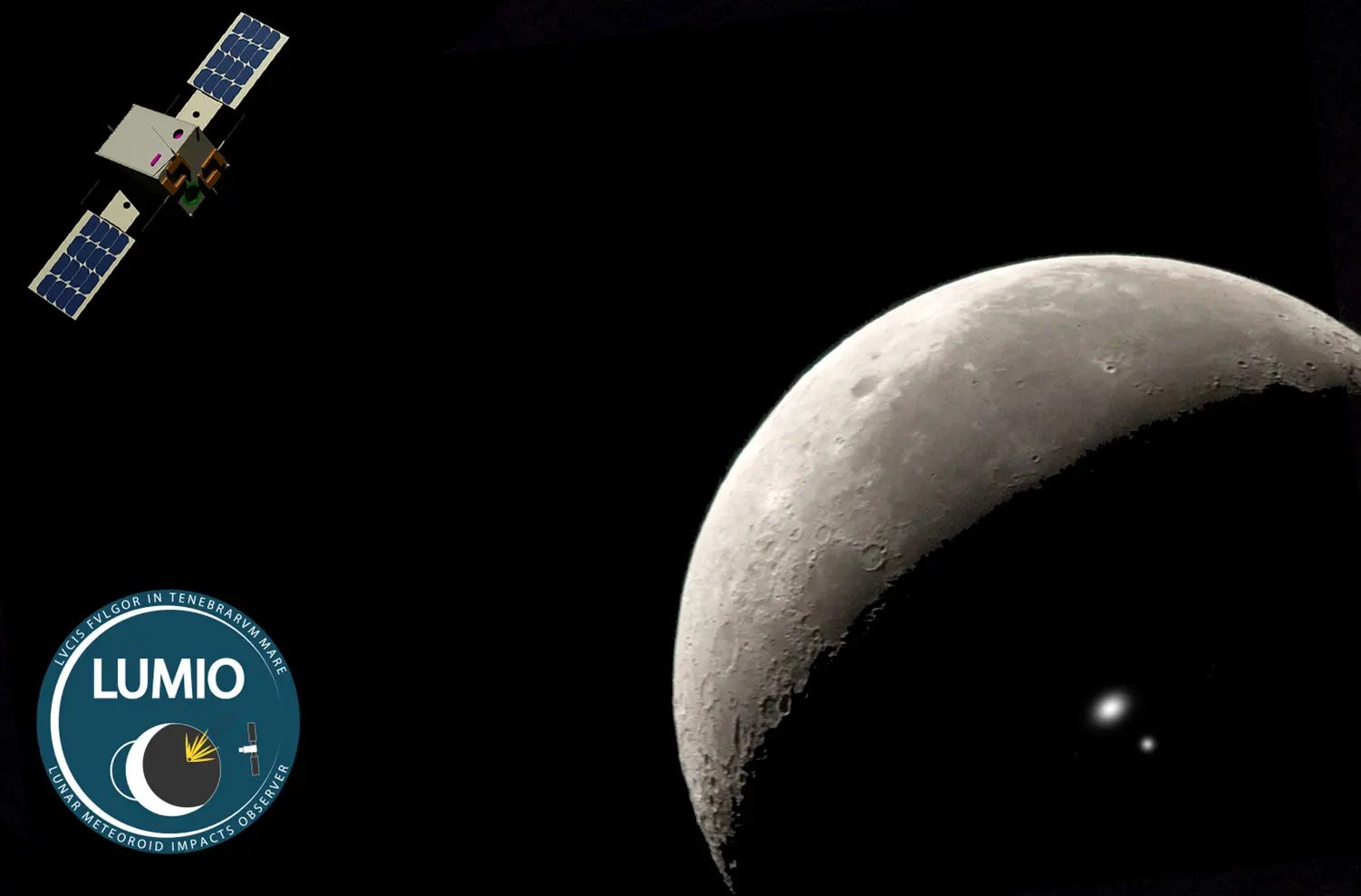POLITECNICO DI MILANO LEADS THE LUMIO MISSION PHASE B STUDY
PROJECT

Politecnico di Milano and the European Space Agency (ESA) have signed the contract for the development of the Phase B study of the LUMIO mission (Lunar Meteoroid Impacts Observer).
After a successful Phase A carried out in 2020-2021, the Phase B has been kicked off on September 28th, 2022, and will last 12 months. The study will be led by the DART group at the Department of Aerospace Science and Technology of Politecnico di Milano, and has the objective of consolidating the mission design and the CubeSat platform/payload design. LUMIO is framed within ESA’s GSTP, and has received support from the national delegations of Italy (ASI) and Norway (NOSA).
The European consortium for the LUMIO mission is constituted by Politecnico di Milano, Argotec, Leonardo, IMT, Nautilus, and S&T Norway. Politecnico di Milano is leading the consortium and will be responsible for the LUMIO mission analysis, guidance, navigation, and control system, autonomous navigation experiment, scientific elaboration of mission data, and the management of the project. Argotec will lead the CubeSat system design, Leonardo will be responsible for the LUMIO-Cam payload design, IMT will develop the X-band transponder and the solar array drive mechanism, and Nautilus will design the ground segment and the flight dynamics operations. Moreover, S&T Norway will be responsible for the on-board payload data processing unit design to process the data gathered by the LUMIO-Cam.
LUMIO is a 12 units CubeSat, which means that it has a dimension of approximately 20x20x30 cm with a mass of around 25 kg. The miniaturized satellite will fly on a sophisticated orbit about the Lagrangian point L2 of the Earth-Moon system, which allows permanent observation of the lunar far side. LUMIO has the objective of monitoring the far side of the Moon to detect light flashes associated to meteoroid impacts. This is to complement data gathered by Earth-based observatories and to refine the meteoroid flux models hitting the Earth-Moon system. The high frame-rate images acquired by the LUMIO-Cam will be processed in real time and onboard to detect the light flashes due to the impacts and they will be downloaded on ground for further elaboration.